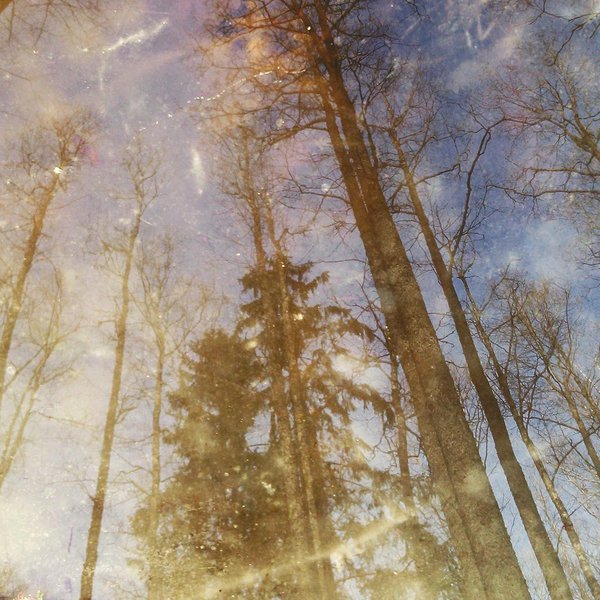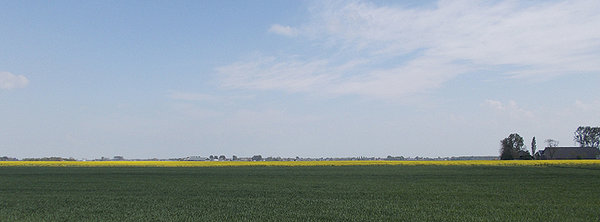dutch artist ingeborg entrop is working on a field recording project in soomaa
We are so happy that people who have a similar way of thinking to ours find their way to Mardu and the surrounding nature is a source of inspiration and subject of research. In the next coming weeks a Dutch artist Ingeborg Entrop is going to stay at Mardu and work on a field recording project in which she tries to establish what it actually means to exist somewhere. Read more what she wrote about her background and project:
When I was a scientist I used to approach nature with all sorts of measuring equipment. With the obtained data I tested, adapted or constructed theoretical models, in an attempt to gain insight into the natural world. Back then it occurred to me that all of these theories imitate the world around us, though they never really succeed to grasp its full immensity. It has lead to my ongoing interest in the notion of mimesis, in all its possible forms.
As an artist, I still probe my surroundings, this time mainly with sound recordings. With the obtained recordings I construct sound pieces, in an attempt to get some understanding what it really means to physically be somewhere. Thereby I often make use of mimetic phenomena or techniques borrowed from music.
A few years back I made a start to explore my own living environment, the area just north of Groningen, a small city in the northern part of the Netherlands. During one year I made lots of field recordings, resulting in four seasonal sound pieces that map my surroundings and simultaneously give an impression of a typical Dutch, agricultural landscape during the seasons. At the same time I delved into the historical origins of the landscape. The land was once fully covered by a thick blanket of raised bog. Around 1000 AD the first people started to explore and cultivate the bog. Since then, the cultivation has never come to an end. Even now, the exploitation goes on in the form of natural gas extraction, currently causing more frequent and ever stronger earthquakes in the area, which lead to hot debates about continuation, damage control, economic and (geo)political implications.
It all made me wonder: how would the bog landscape have sounded before the first people started to cultivate it?? Raised bogs are nowadays practically non-existent in the Netherlands. Estonia is one of the few countries in Europe where still large areas of active raised bog can be found. It also happens to be a country where music and song play a special role, culturally and historically. Since I am interested in both music and bog sounds, I decided to go to Estonia. More particularly, I decided to go to Soomaa National Park, since in my view that area resembles the former Groningen landscape the most, being not far from the sea and with a few small rivers flowing through a large area of raised bogs.
In Soomaa I am collecting bog sounds during all seasons. Earlier I visited the area to make recordings during winter and as it happened, I even had the opportunity to experience the famous fifth season as well. During my stay at Mardu I will collect bog sounds during springtime. In summer and autumn I will come back to make the bog sound collection complete. The recordings will be used to make at least one new sound piece that should give an impression of a typical bog landscape. A landscape that once was, in and around Groningen. A landscape that in a far future might even be again, when living conditions have become so bad due to ongoing exploitation, that people have left and nature has taken over again…
The project is kindly supported by the Mondriaan Fund.
www.ingeborgentrop.nl



Add a comment